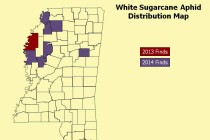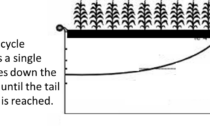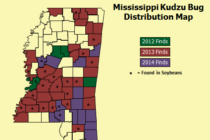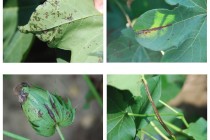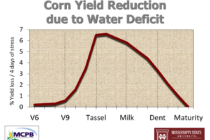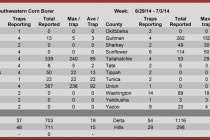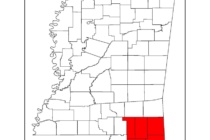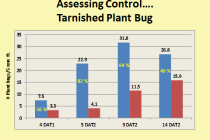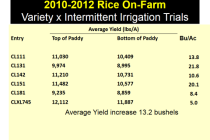Glyphosate Injury to Sweetpotatoes Adjacent to Field Roads
Maintaining clean and weed-free field roads around sweetpotatoes is thought to help minimize rodent injury and make access for crop scouting and monitoring more efficient. Roads are most often maintained weed-free with glyphosate applications. However, off-target movement of glyphosate onto

